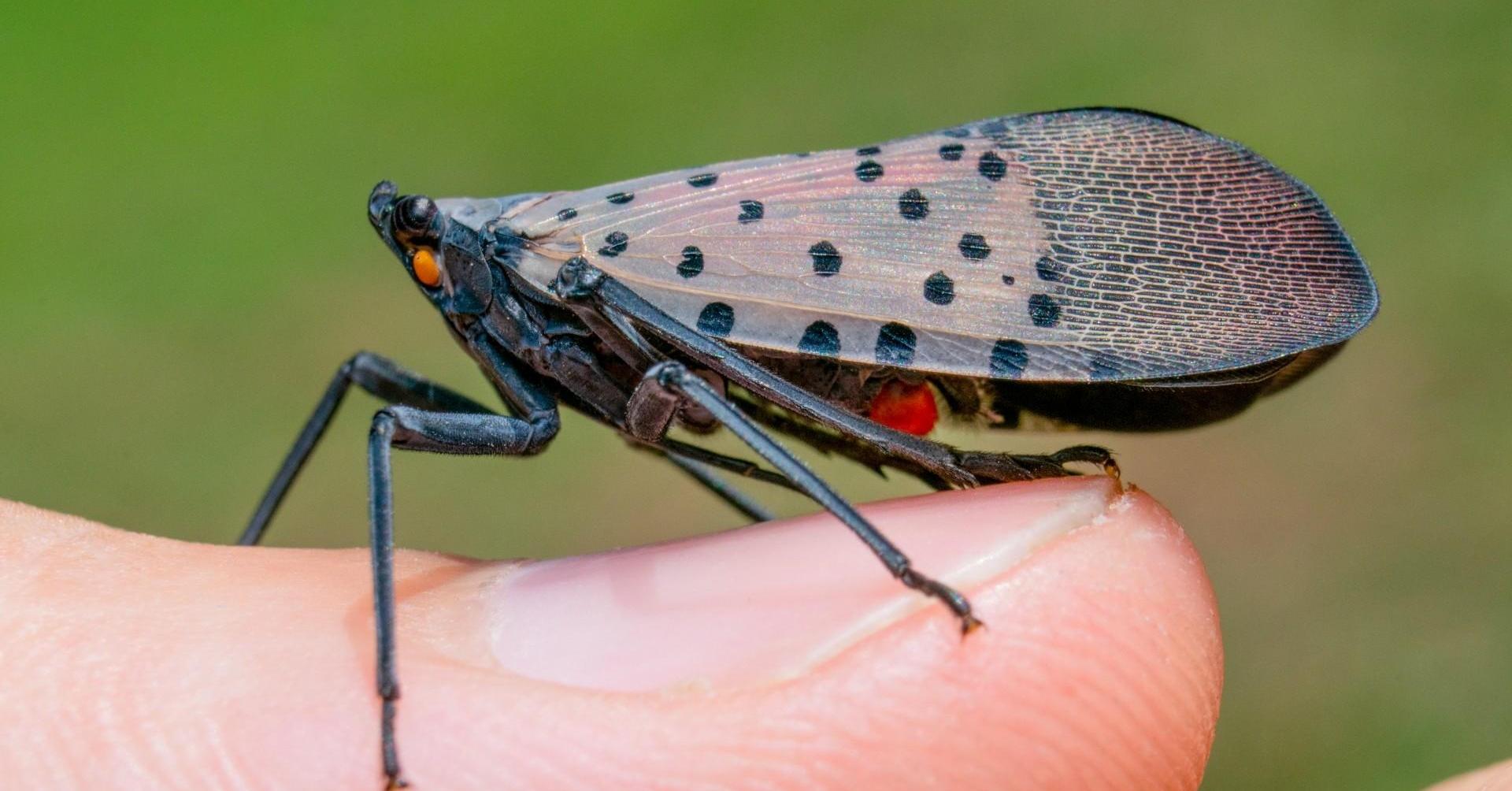The battle against household pests is a perennial one, with homeowners often contending with familiar foes like ants, roaches, and rodents. However, as the world changes, so does the landscape of pest threats. Emerging pests, including new species and invasive invaders, present fresh challenges for homeowners seeking to protect their residences. In this article, we delve into the realm of emerging threats in the pest control arena, exploring the strategies to deal with these novel adversaries.
Emerging Pests
Emerging pests encompass a broad category, ranging from invasive species introduced from other regions to newly identified pests that exploit changing environmental conditions. Climate change, global trade, and urbanization contribute to the introduction and spread of pests in areas where they were once rare or nonexistent. These pests often lack natural predators, allowing them to multiply rapidly and wreak havoc on local ecosystems, agriculture, and, notably, homes.
Identification
The first line of defense against emerging pests is accurate identification. Homeowners need to stay informed about the latest developments in the pest control field and be vigilant for signs of new invaders. Common emerging pests include the brown marmorated stink bug, the spotted lanternfly, and certain species of invasive ants. Early detection is crucial for effective pest management, preventing these newcomers from establishing thriving populations within homes.
Understanding the Threats
Emerging pests can pose unique threats that may differ from those of more familiar household nuisances. Some pests carry diseases, while others can cause extensive damage to structures or vegetation. Understanding the specific threats posed by emerging pests is essential for implementing targeted and effective control measures.
Integrated Pest Management (IPM) for Emerging Threats
Integrated Pest Management (IPM) is an environmentally conscious approach that proves invaluable in dealing with emerging pests. Rather than relying solely on chemical interventions, IPM combines biological, mechanical, and cultural control methods. For emerging threats, this might involve introducing natural predators, implementing physical barriers, and adopting practices that disrupt the pests’ reproductive cycles.
Early Intervention and Rapid Response
One of the critical strategies in managing emerging pests is early intervention and a rapid response. As soon as a new pest is identified, homeowners should seek professional guidance to determine the most effective control measures. Swift action can prevent the pests from establishing themselves and causing long-term issues, reducing the potential economic and ecological impact.
Biosecurity Measures at Home
Homeowners can play a crucial role in preventing the introduction and spread of emerging pests by practicing biosecurity measures. This involves being mindful of activities that might inadvertently transport pests, such as importing plants or firewood from other regions. By adopting biosecurity practices, individuals contribute to the collective effort to curb the spread of emerging threats.
Educational Outreach and Community Involvement
Raising awareness about emerging pests and educating the community is a proactive strategy. Local governments, pest control professionals, and community organizations can collaborate to disseminate information, conduct workshops, and engage in community-wide pest monitoring efforts. A well-informed community is better equipped to detect and address emerging threats collectively.
The Role of Pest Control Professionals
Dealing with emerging pests often requires specialized knowledge and expertise. Pest control professionals stay abreast of the latest developments in the field and can provide accurate identification, assessment of the infestation’s severity, and tailored control strategies. Homeowners should not hesitate to seek the assistance of professionals when facing unfamiliar or newly identified pests.
Conclusion
As our world undergoes transformations, so too does the realm of pests that can infiltrate our homes. From climate-driven migrations to unintended introductions through global trade, emerging pests present a dynamic challenge for homeowners. The key to effectively dealing with these threats lies in staying informed, adopting proactive measures, and collaborating with pest control professionals and community initiatives. By embracing integrated pest management strategies, implementing early interventions, and fostering community awareness, homeowners can adapt to the changing pest landscape and ensure the ongoing protection of their homes against both established foes and new, emerging adversaries.

